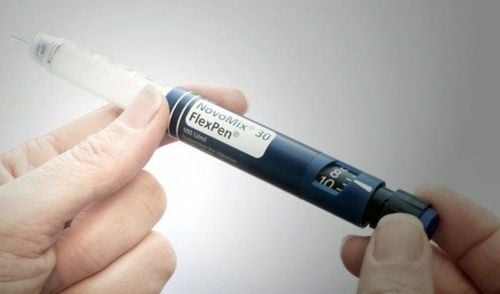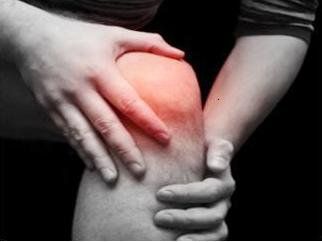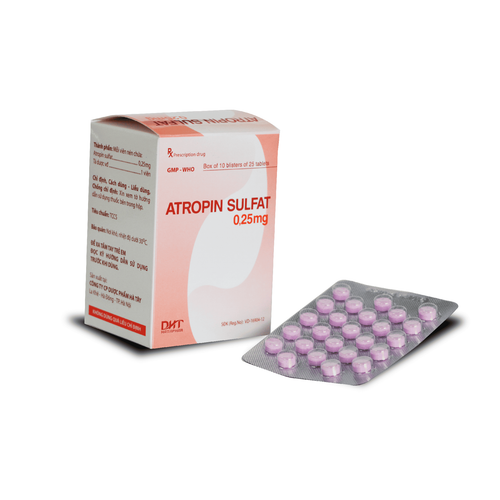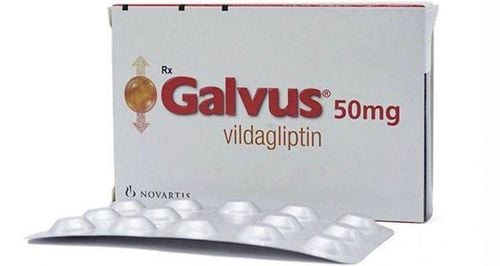This is an automatically translated article.
The article was written by Specialist Doctor I Vo Khac Khoi Nguyen - Orthopedic surgeon, General Surgery Department - Vinmec Central Park International General Hospital.People often talk about foot complications in patients with diabetes. But few people know that diabetic hands are also an important complication. It is important because in addition to the motor function, the hand also has an aesthetic function, which plays a great role in daily life and labor.
1. A rare disease syndrome that causes many serious complications
Diabetes causes complications in many organs. Complications are well known such as kidney disease, retinopathy, and neuropathy. Diabetic foot is also a worrisome treatment complication for physicians, but diabetic hand syndromes may be under-recognized and receive less attention.Musculoskeletal disease in the upper extremities caused by diabetes is also quite complicated, especially in the hand area, collectively known as the diabetic hand.
Diabetic hand complications are rare compared to foot complications. This ratio is 1:20, meaning that there is only one case of diabetic foot in every 20 cases. Manifestations of diabetes in the hand were of great interest to physicians in the 1970s and 1980s. In the strict sense of the term, "diabetic hand" encompasses the three issues studied. The most common are joint mobility restriction, Dupuytren's contracture, and trigger finger. There is evidence that these lesions occur more frequently in patients with diabetes and are associated with duration of diabetes, poor glycemic control, and the presence of microvascular complications.
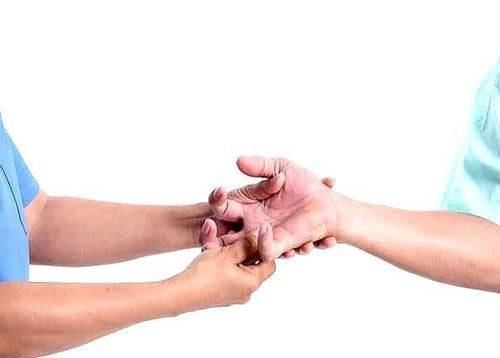
2. Limitation of finger movement: vital signs
Limited mobility is a painless and incurable complication of diabetes caused by thickening and stiffness of the connective tissue around the joints. Therefore, complications that limit movement of the hand are often overlooked in people with diabetes. This symptom is more common in patients with longstanding disease and poor glycemic control.The percentage of people with diabetes who have limited hand movement ranges from 8 to 50%. Usually, the initial symptom is limitation of the metatarsal joints, interphalangeal joints, starting from the little finger and gradually spreading to other fingers.
The diagnosis is quite simple by relying on the Muslim prayer sign or "sign on the table". The prayer sign (“prayer sign”) is performed by asking the patient to hold the hands facing each other vertically, keeping the elbows flexed and the wrists extended. If the patient is unable to fully apply the palmar surface of the respective fingers, the sign is considered positive.
The table sign is elicited by asking the patient to place the palm flat on a hard surface such as a table and check that the entire palmar surface of the fingers is touching the table.
Dupuytren's syndrome in diabetics occurs most commonly on the middle and ring fingers. Other hand injuries include carpal tunnel syndrome and flexor tenosynovitis (spring finger). These lesions are also more common in diabetic patients than in the general population.
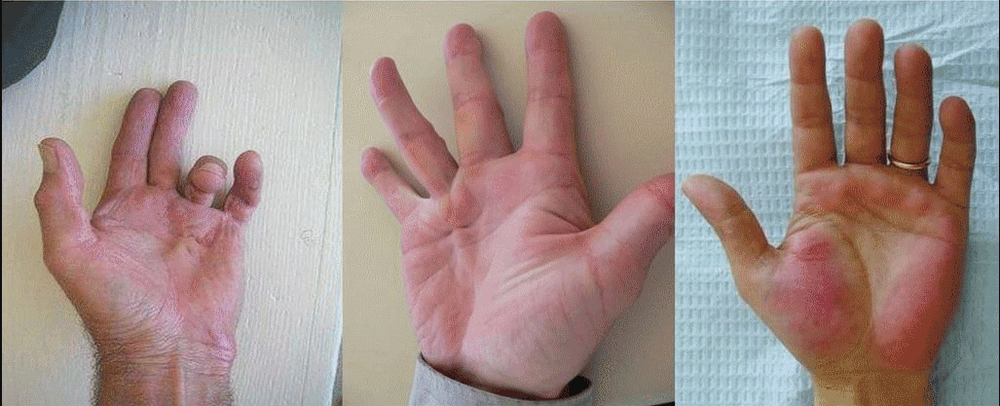
3. Diabetic hand is associated with other complications Studies have shown an association between hand manifestations and chronic microvascular complications of diabetes. Limited joint mobility in the hand has been shown to be associated with diabetic retinopathy.
Carpal tunnel syndrome was found to be independently correlated with retinopathy, peripheral neuropathy, bursitis, and Dupuytren's contracture in diabetic patients. These lesions are all associated with microvascular complications in diabetics.
Good glycemic control not only helps prevent complications, but can also reverse musculoskeletal complications early in the progression of diabetes. Specific orthopedic interventions may be indicated in some cases.
However, physicians and patients should be aware that response to treatment in patients with diabetes may be worse than in the general population such as steroid injections for trigger finger.
Currently, Vinmec Central Park International General Hospital is implementing the technique of injecting platelet-rich plasma for musculoskeletal diseases. This is a highly effective non-drug treatment.
The safety of the platelet-rich plasma method is extremely strictly protected at Vinmec Health System with strict process supervision, the equipment is used in a closed procedure room. absolute bacteria.
A team of qualified and experienced doctors, medical staff involved in this implementation process are all well-trained and equipped with thorough protective equipment, the risk of infection is minimized. multi. In addition, the cost of treatment with this method at Vinmec is extremely reasonable while the technical standards and service quality are of international level.
Please dial HOTLINE for more information or register for an appointment HERE. Download MyVinmec app to make appointments faster and to manage your bookings easily.





